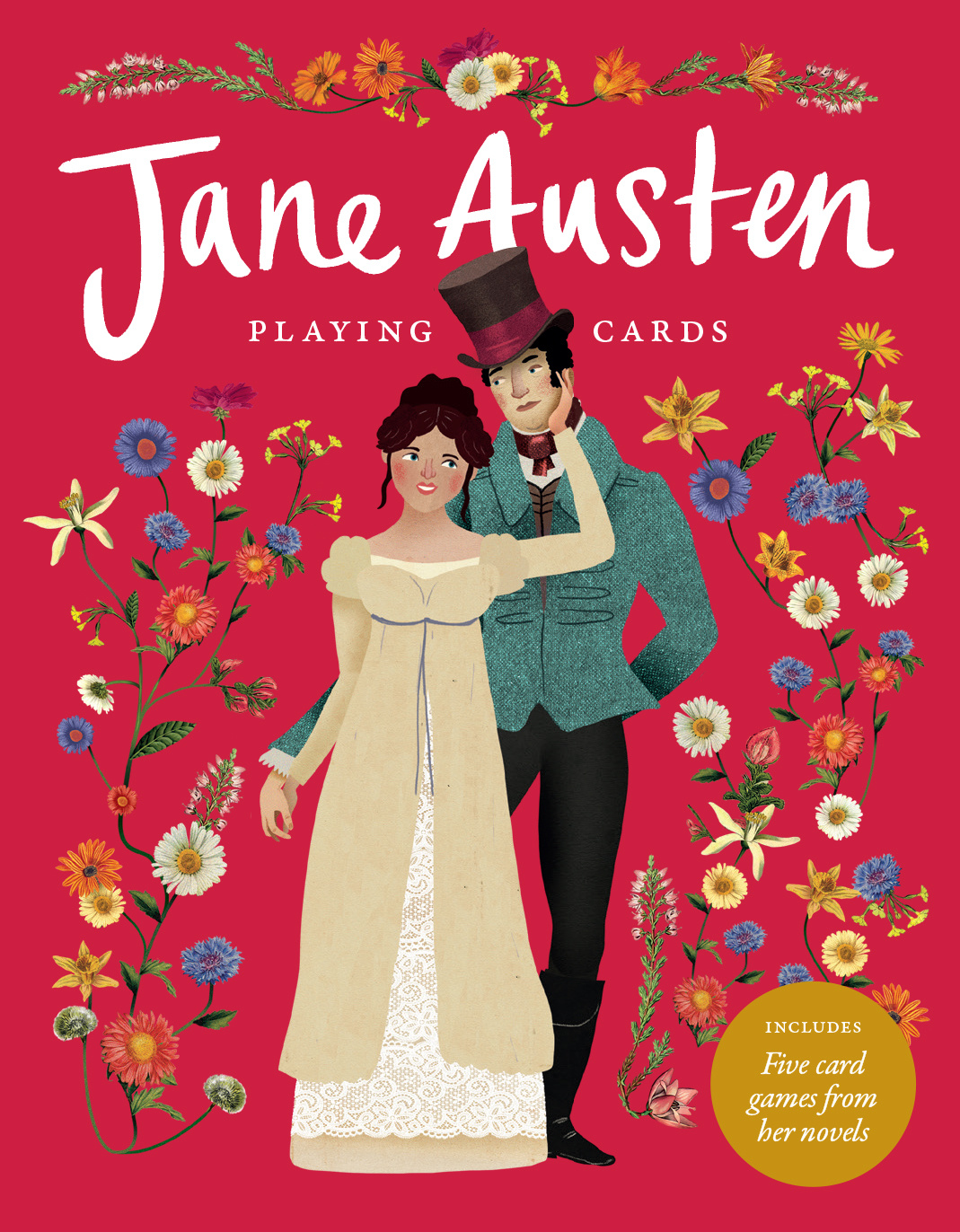Paper Playing Cards: An Enduring Piece of History

Playing cards have been a fixture in human civilization for centuries. These small pieces of paper or cardboard have entertained people of all ages and backgrounds in different cultures all over the world. The history of playing cards is a fascinating subject that spans centuries and continents. In this blog, we'll explore the origins and evolution of paper playing cards.
The history of playing cards can be traced back to ancient China, during the Tang dynasty, around the 9th century. The cards were originally hand-painted and depicted various activities, including battle scenes, musical instruments, and animals. These cards were referred to as "leaf game cards," and their purpose was to teach children moral lessons. The cards were also used for divination and fortune-telling.
Sometime in the 13th century, paper playing cards began to appear in China. These cards were more accessible and affordable than their painted counterparts. They were also smaller and easier to handle, which made them ideal for playing games. The cards spread quickly throughout China and eventually reached Japan and Korea.
During the 14th century, paper playing cards made their way to the Middle East and Europe. These cards were different from the Chinese cards, both in design and purpose. The European cards had four suits - cups, swords, coins, and clubs - and were used to play games such as tarot and bridge. The cards had court cards, including kings, queens, and jacks, which were probably inspired by the Chinese playing cards.
In the late 18th century, the manufacturing process of paper playing cards changed, thanks to advances in printing technology. Card manufacturers started using lithography, a printing process that allowed for more detailed and colorful card designs. By the 19th century, paper playing cards had become a popular pastime, and card manufacturers produced them in large quantities.
During the 20th century, plastic-coated paper cards emerged as an alternative to traditional paper cards. These cards were more durable and longer-lasting, making them ideal for frequent use. Plastic cards are also easier to shuffle and deal, which makes them popular among professional card players.
Today, paper playing cards are still widely used and enjoyed, both for playing games and performing magic tricks. Their durability and affordability make them ideal for recreational and professional use. Paper playing cards have also become a popular collectors' item, with hundreds of rare and unique designs available on the market.
In conclusion, paper playing cards are an enduring piece of history that has fascinated people for centuries. From their humble origins in ancient China to their widespread use in modern-day society, these cards are a testament to our love of games and entertainment. Whether you're an avid card player or a casual user, paper playing cards will continue to bring joy and excitement to people of all ages for generations to come.